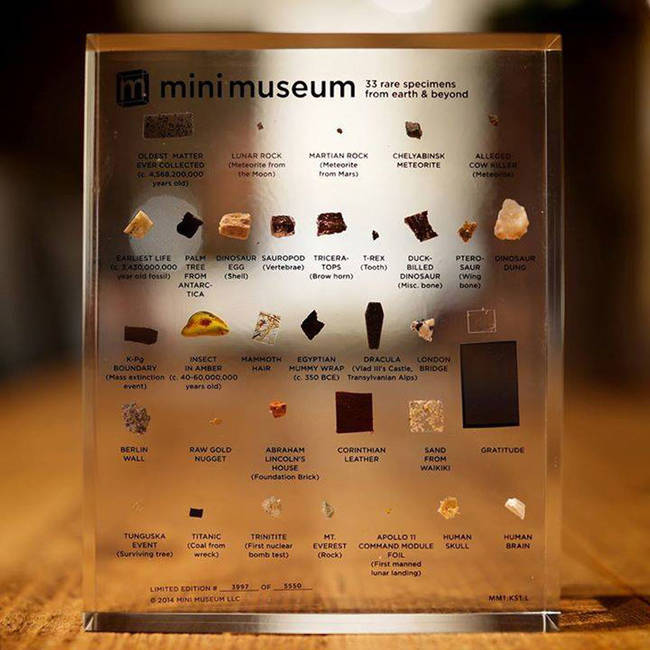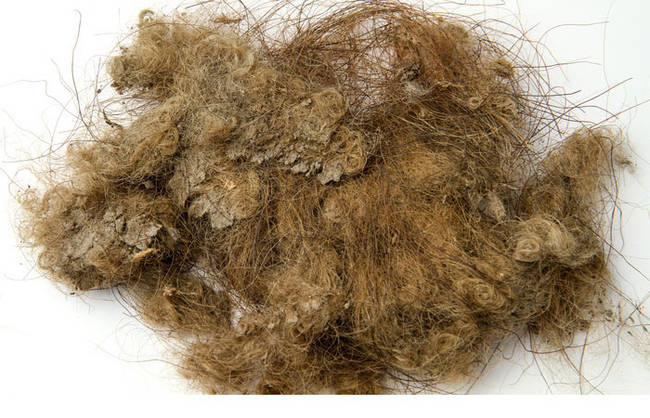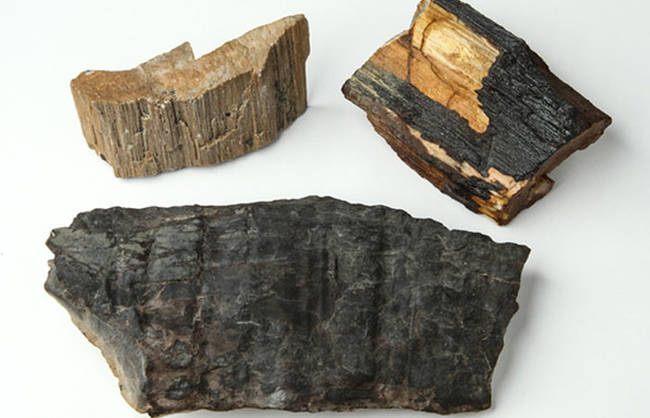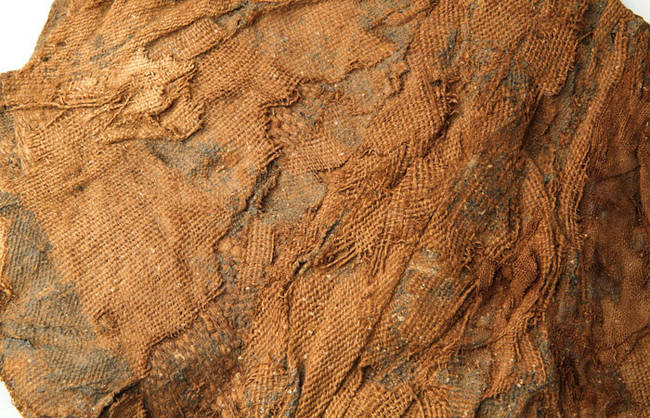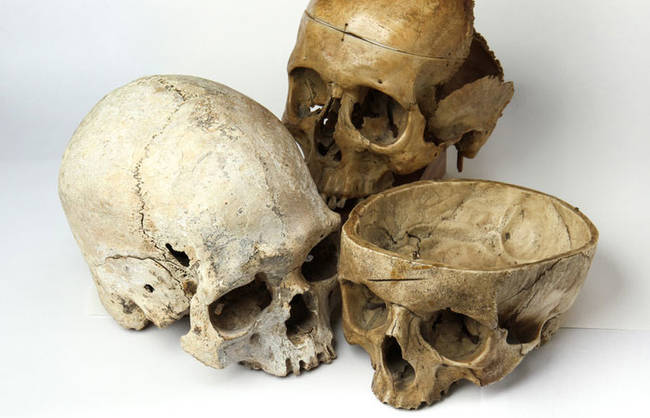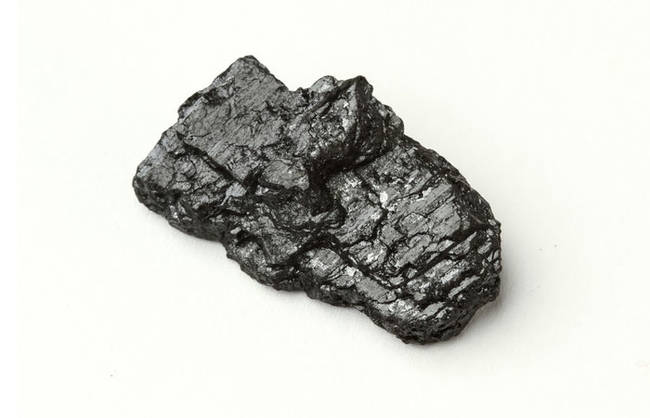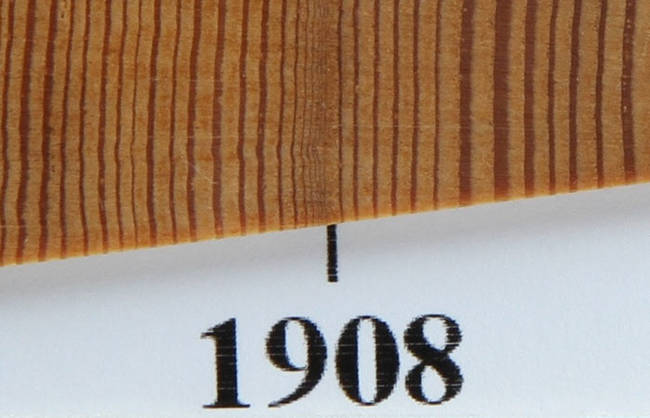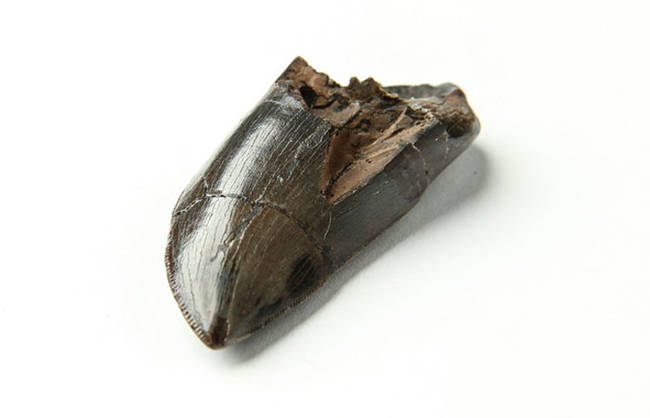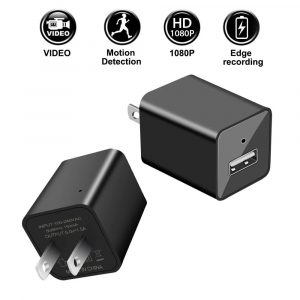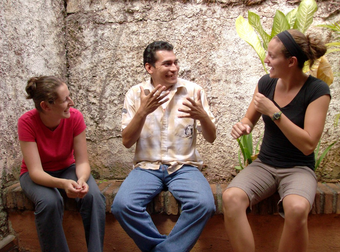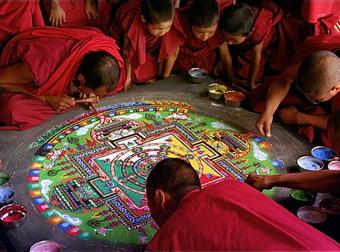It had been a dream since Hans Fex’s childhood to shrink down the traditional museum into a manageable space. He got the idea when, in 1977, when his father, a research scientist and director at the National Institutes of Health, brought home some artifacts encased in epoxy resin. The resin allowed the artifacts to be kept safe, and also made them more easily portable. Fex, only seven, got the idea that would be manifested decades later: the miniature museum.
Fex, who was brought up around the scientifically-minded, consulted with his father and his father’s friends to compile a list of the 20 things they’d love to have in their possession. They even suggested ways to go about acquiring these items.
Fast forward to 2014 and the beautiful invention that is Kickstarter. Fex, who’d spent his years traveling the world and collecting all manner of specimens, could finally realize his dream. In fact, he was wildly successful with his Kickstarter campaign, garnering over 5,000 backers and over $1 million–the original goal was only $38,000.
Now, you, too, can own a mini museum. They come in 3 sizes, with 11, 22 or 33 specimens of some of the rarest materials on Earth, including dinosaur bones and eggshells, lunar and Martian rock, pieces of the Chelyabinsk meteor and Mt. Everest. There are some human-made things in there, too, including soil from Vlad III’s castle in Transylvania, trinitite from the first nuclear bomb test, and pieces of Abraham Lincoln’s house and the Berlin Wall. Other items can be seen in the photos below.
Mammoth hair
Egyptian mummy wrap, ca. 350 BCE
Human skull
The Titanic
Tunguska Event
By using only tiny fragments of the materials, Fex is able to create multiple mini museums so everyone can enjoy these incredible specimens–everyone willing to drop a minimum of $99 plus shipping, that is. While they’re pricey for certain, Fex may just be onto something by creating a way to distribute physical artifacts that’s portable and easy to share. Even if owning a fragment of dinosaur poo isn’t high on your list, the potential for using something like this as an educational tool is a possibility for the Mini Museum.
